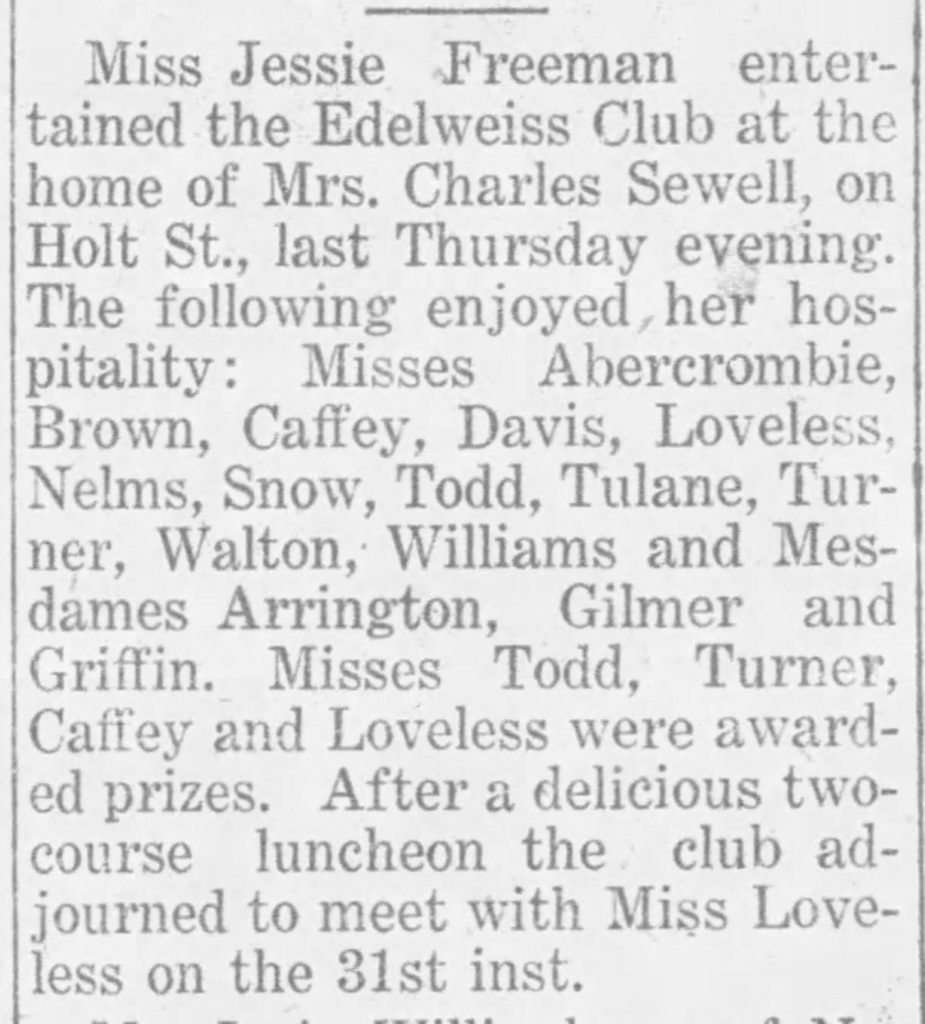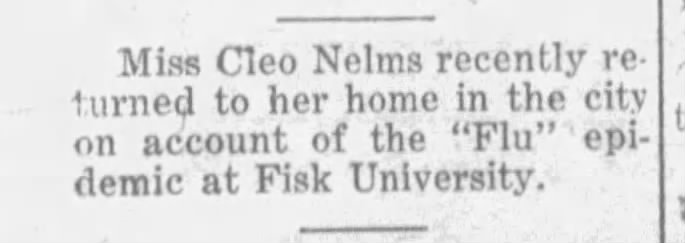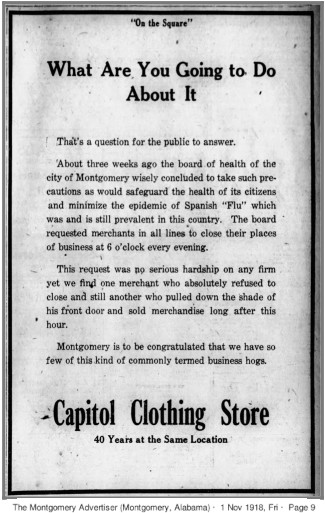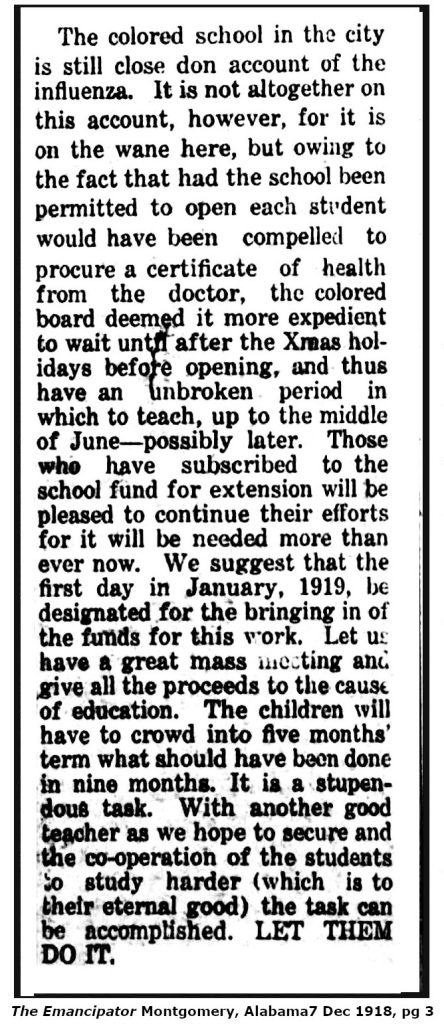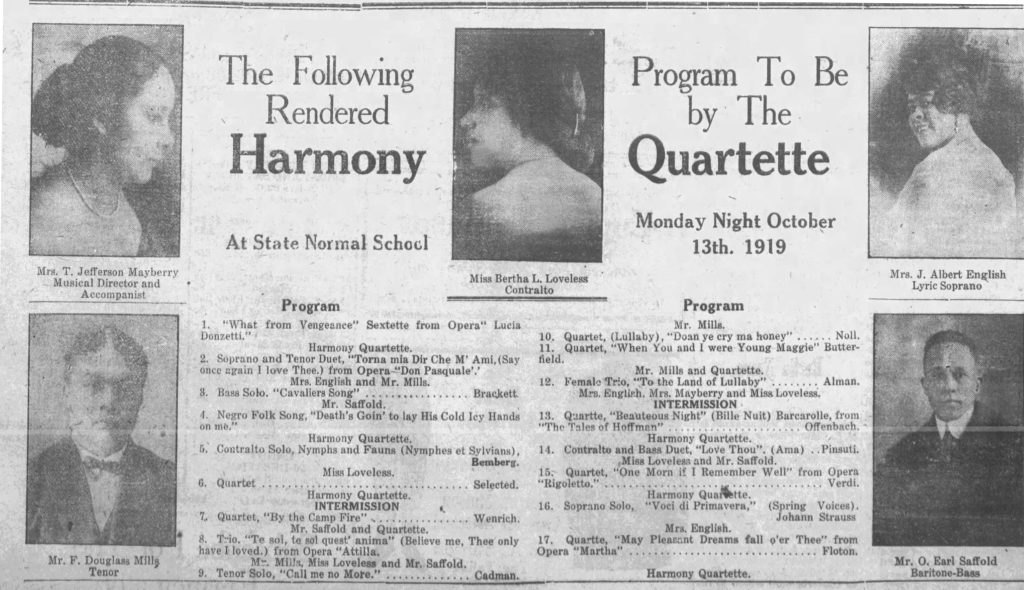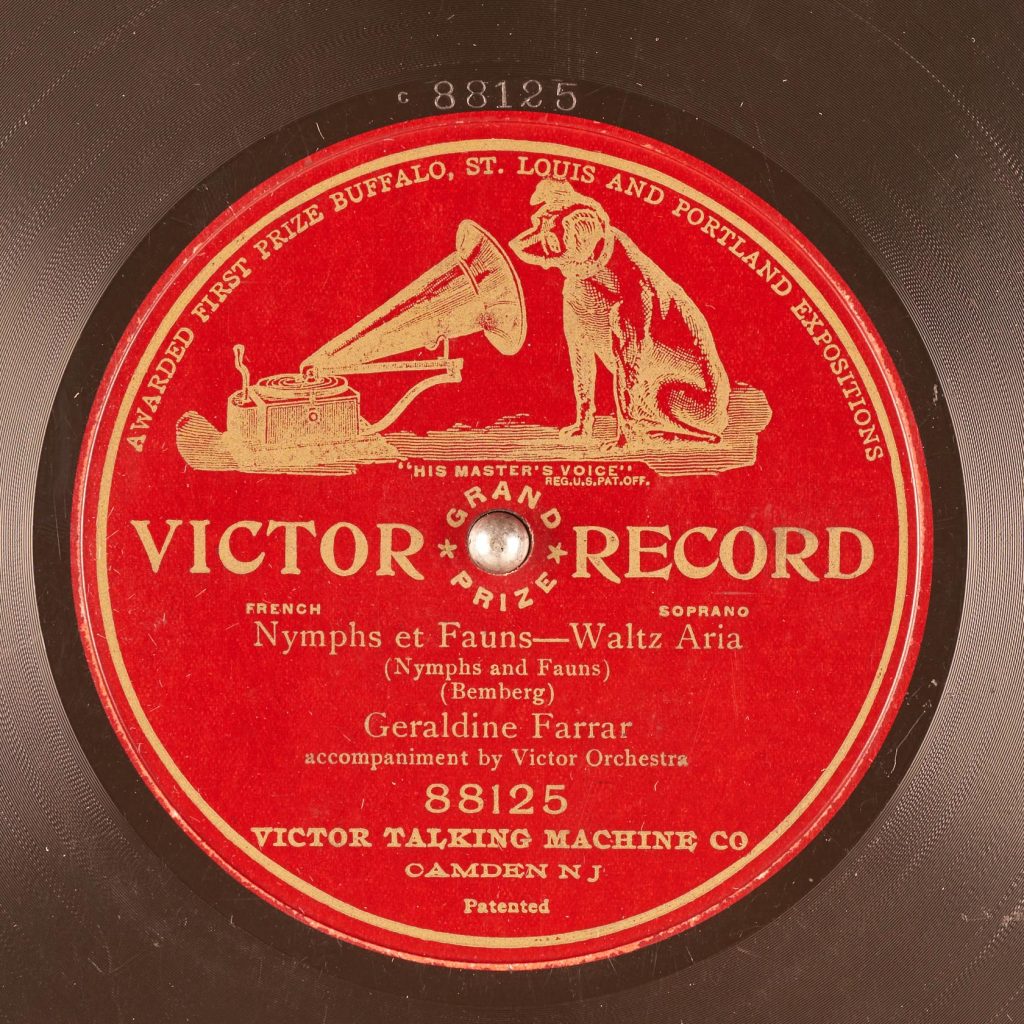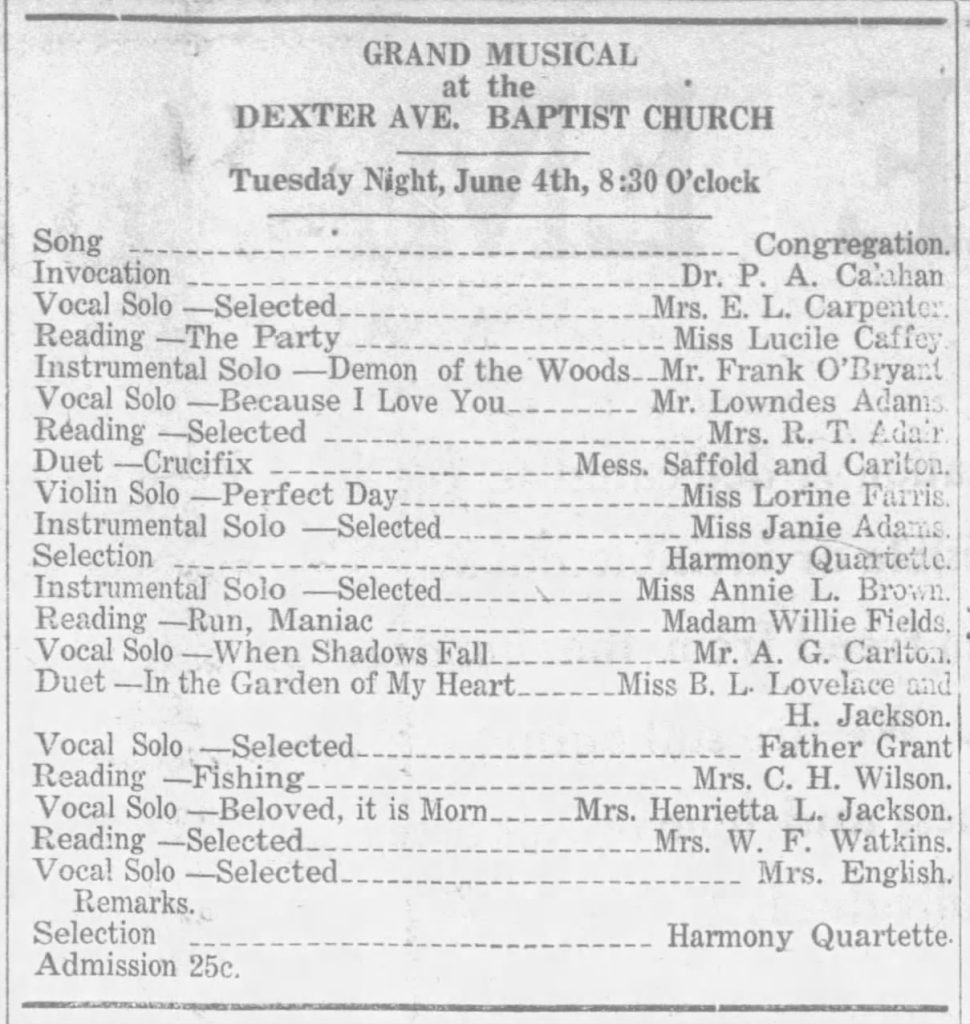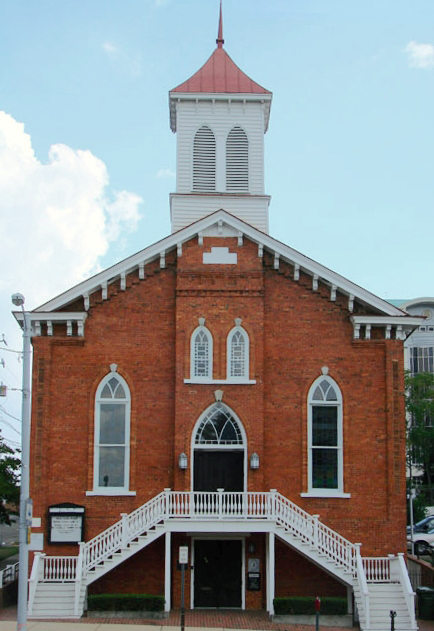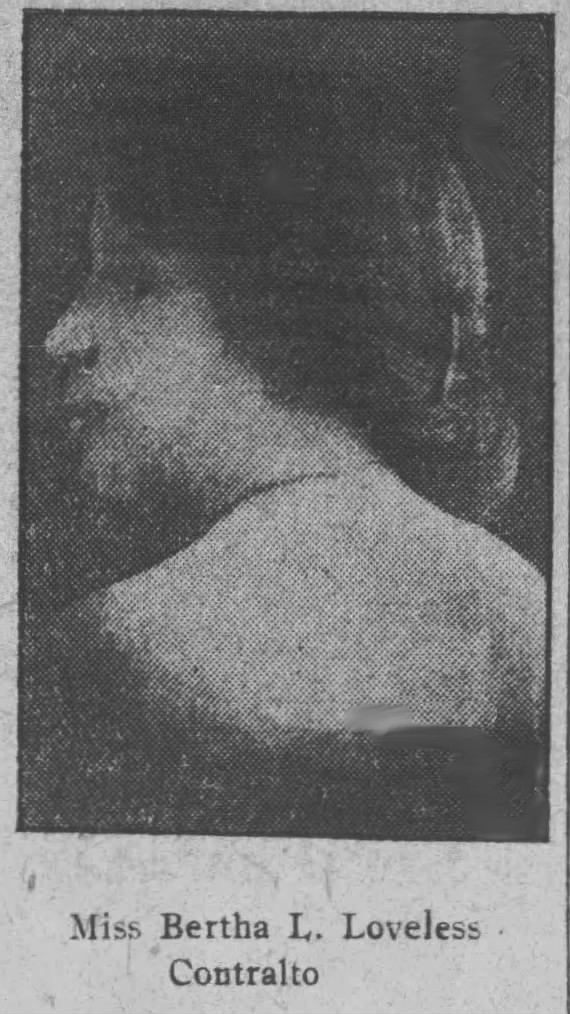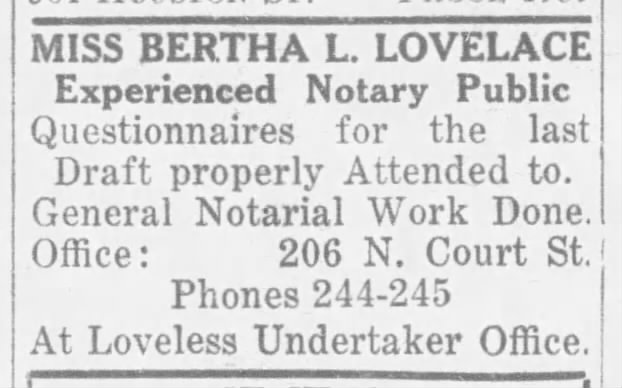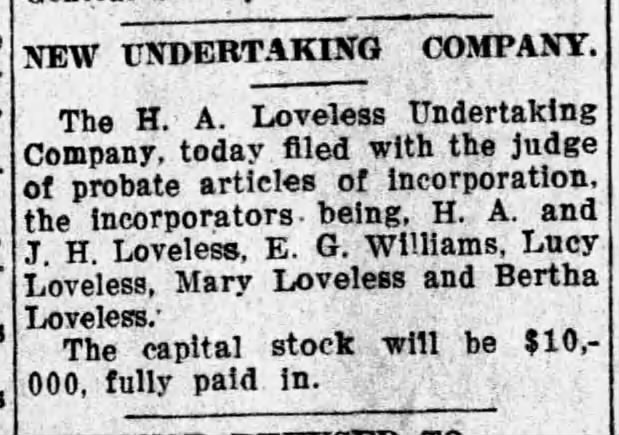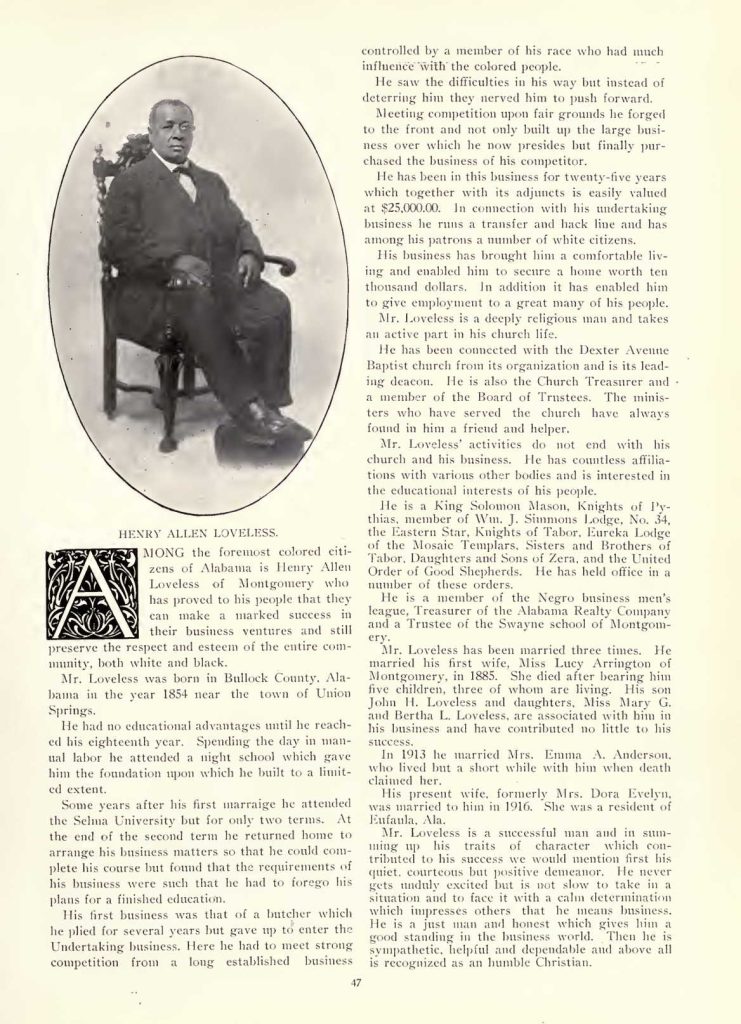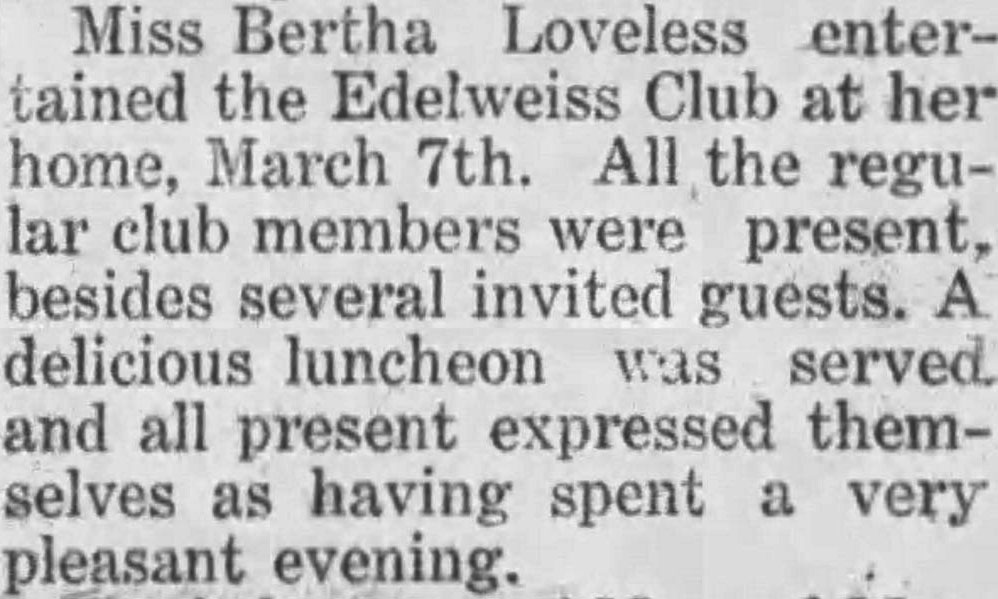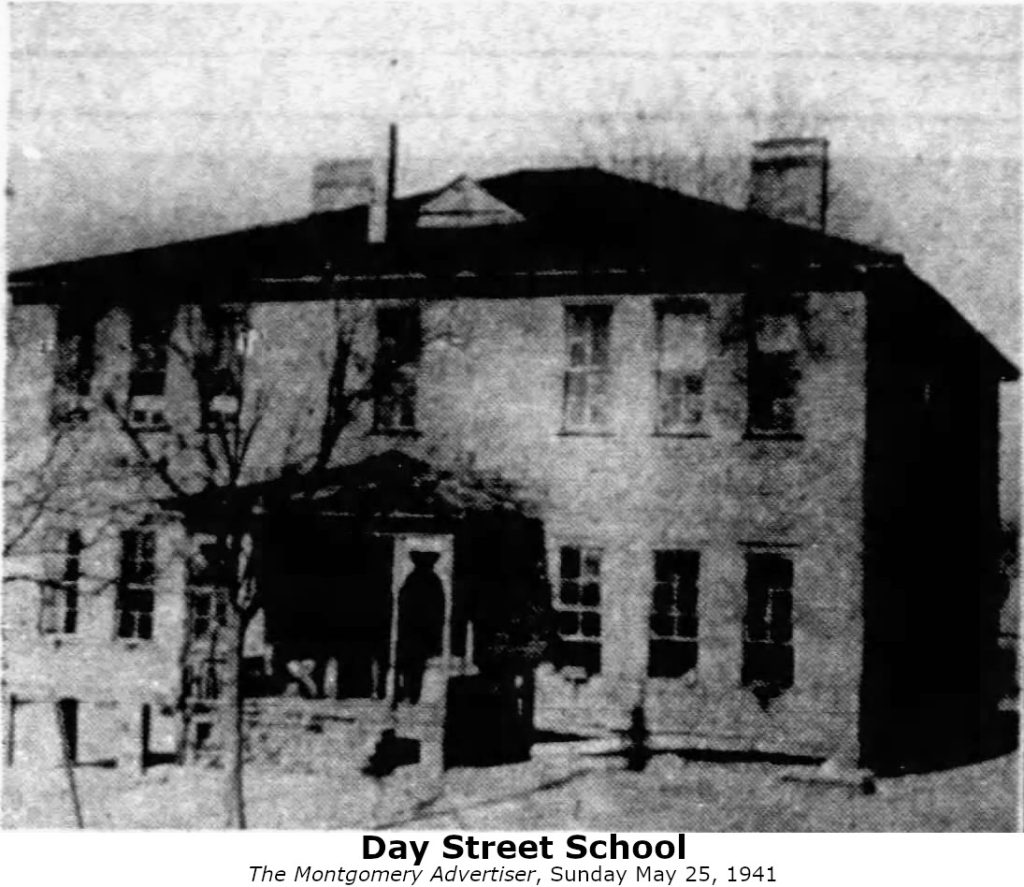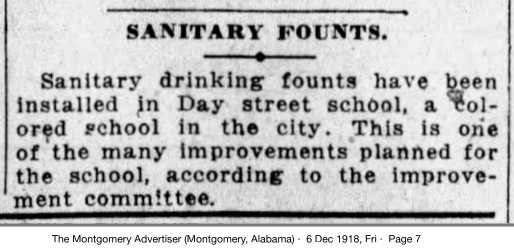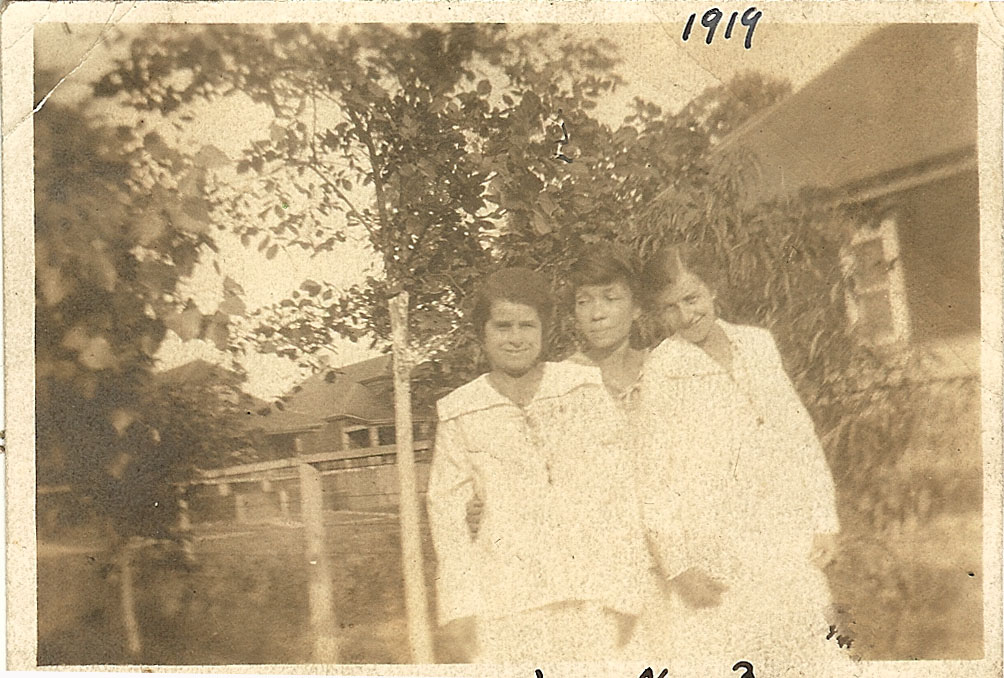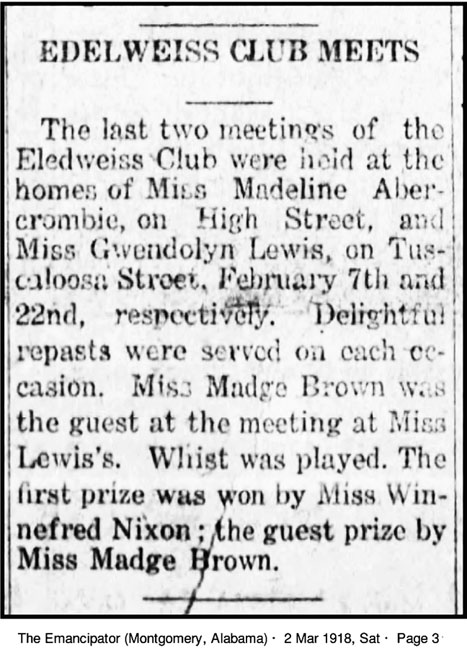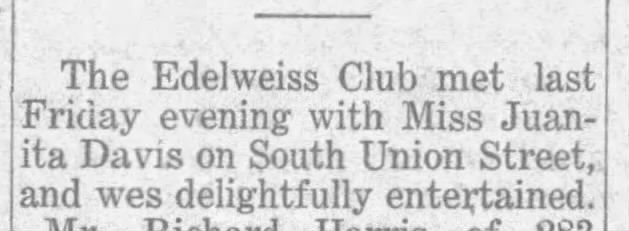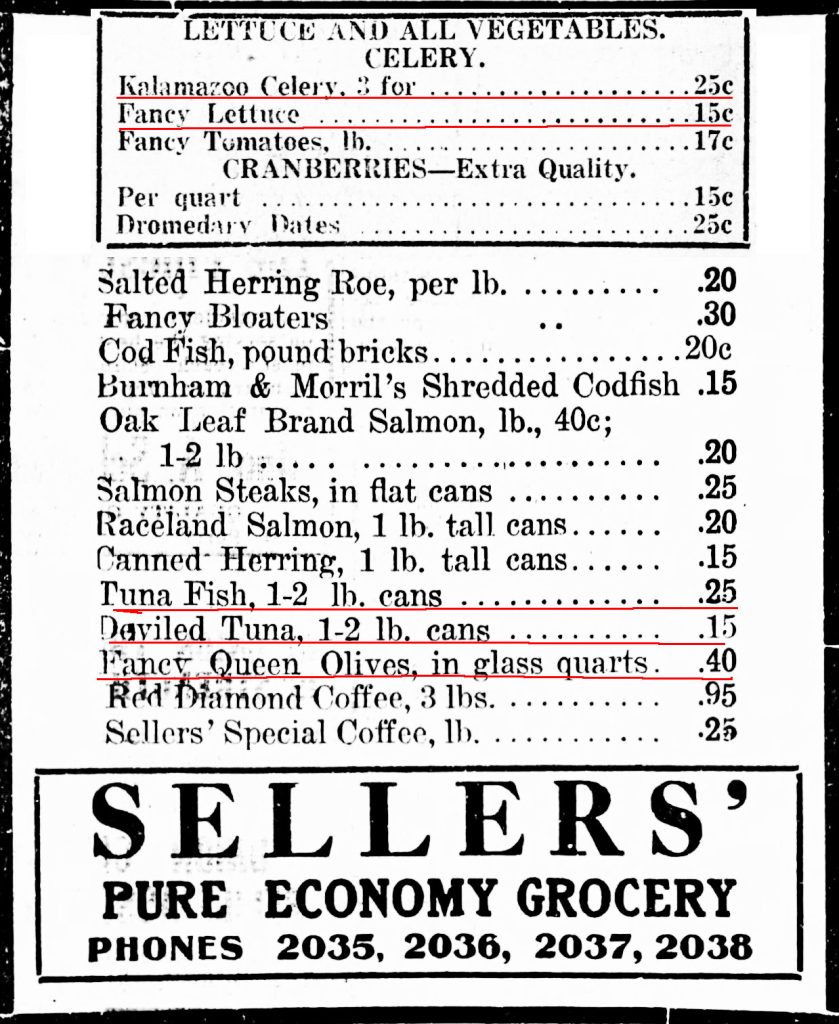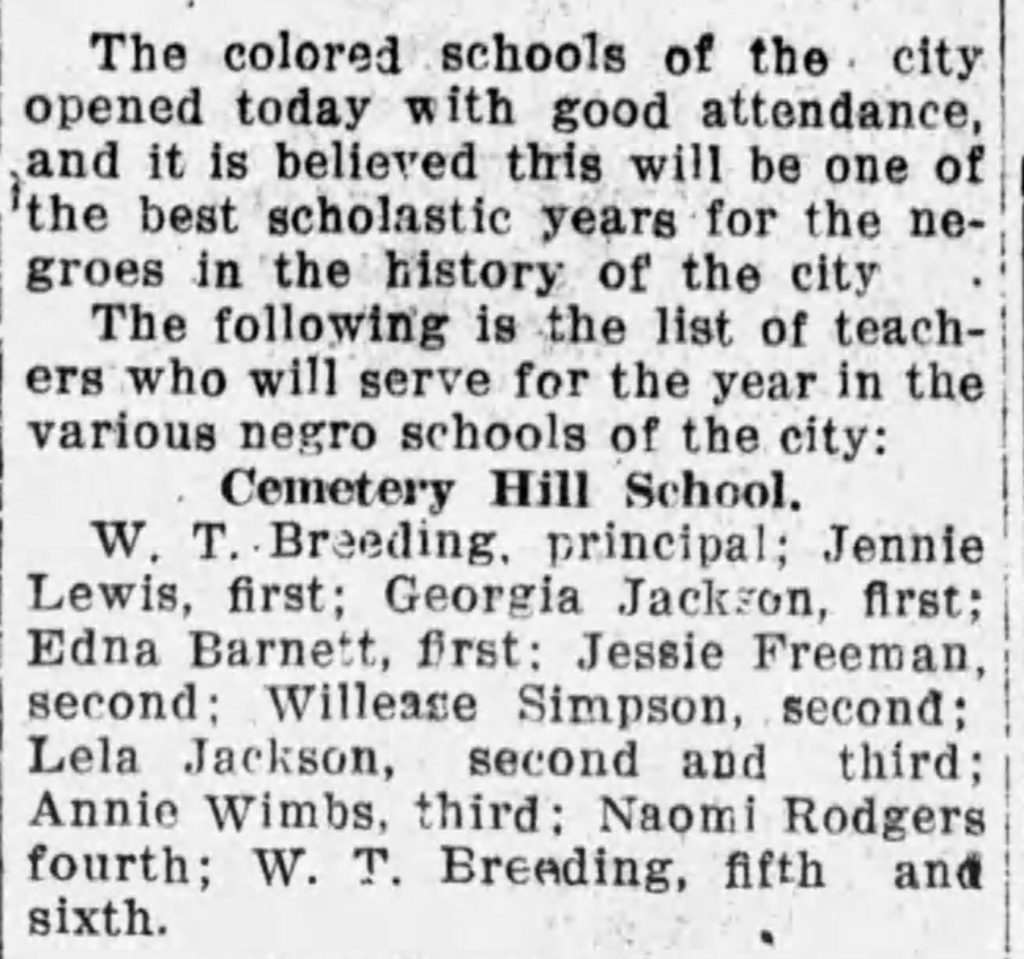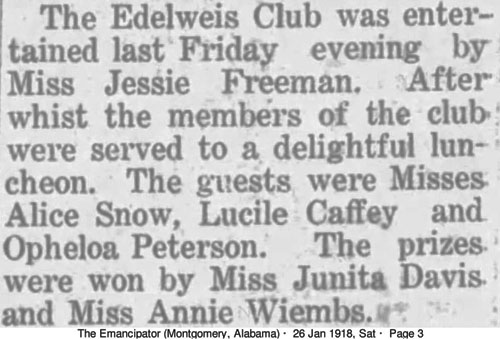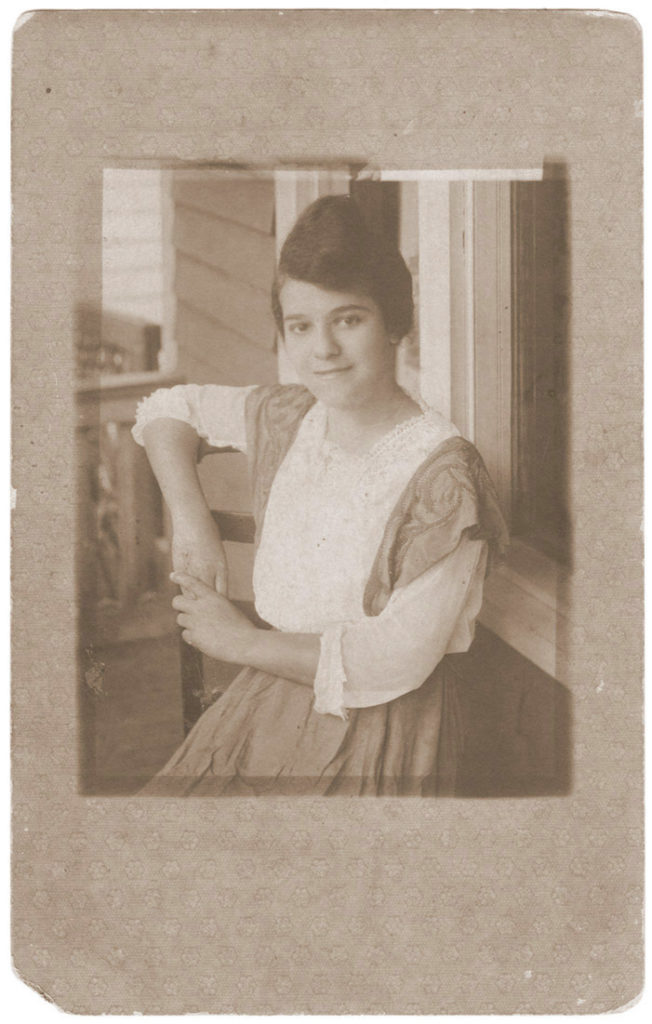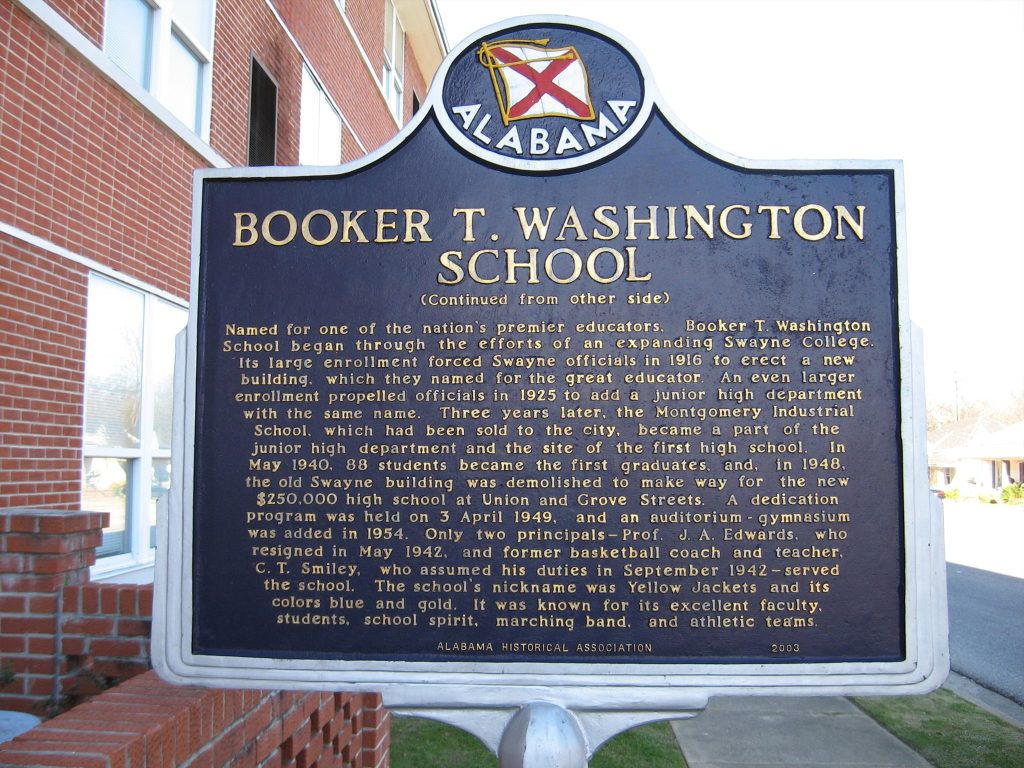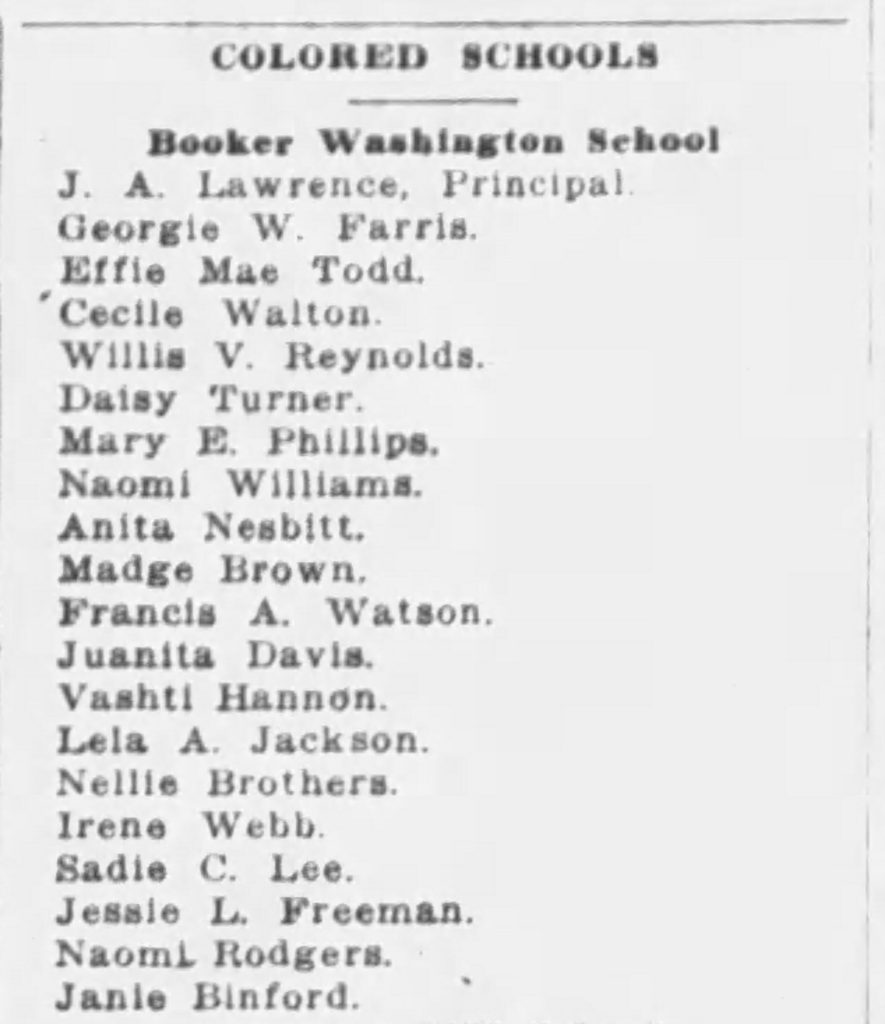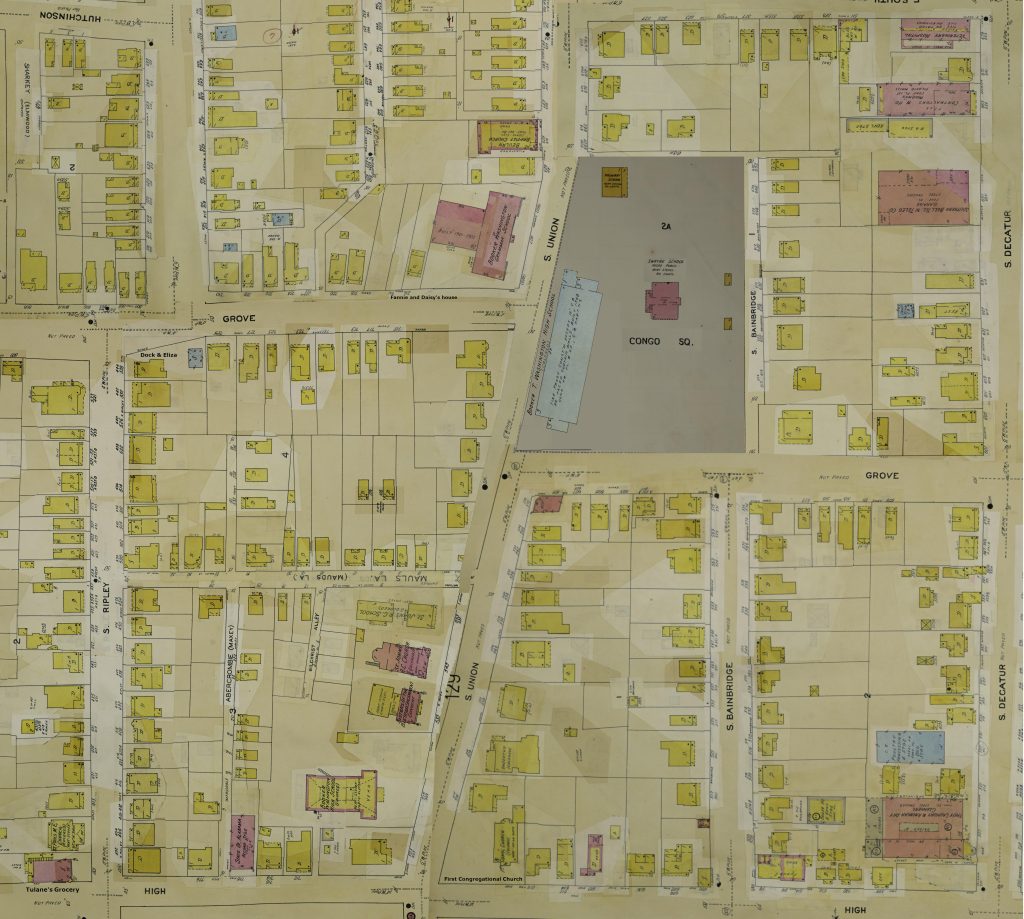
In 1918 and 1919 thirty-seven young women, friends and neighbors of my grandmother Fannie Mae Turner were members of the Edelweiss Club in Montgomery, Alabama. These are snapshots from their lives, place and times.
Gabriella Snow Kelly was not a member of the Edelweiss Club. Her younger sister Alice Snow was. Both were teachers. Gabriella Kelly is here because I needed a “K” . I did a bit of research on her and decided to share it in the research form, along with her obituary which gives us an overview of her life.
Research for Gabriella Snow Kelly
I found that the Mrs. Kelly whose husband, James Henry Kelly, died in Detroit in 1918 and mentioned by my grandfather Mershell in his letter of proposal to my grandmother Fannie Turner, was Gabriella Snow, club member Alice Snow’s older sister. She had married several years earlier and she and her husband relocated to Detroit. According to his death certificate, her husband died of a syphilitic heart attack, probably sudden and certainly fatal. His wife took his body back to Montgomery for burial and never re-married. She taught and died many years later and is buried with him in Oakwood Cemetery.
I also spent quite a bit of time trying to find their house, which, according to the census records, was at 128 Morgan Avenue. I found a Morgan St. way over west along the railroad tracks. And also found a Morgan Avenue in a modern map, where Amanda is located on the 1910 Montgomery map. I surmise that the family lived to the west of the Centennial Community, in the West Montgomery African Community.
Ah ha! I just found the family in the 1910 census and they are living at 128 Amanda! So they do live right near to Edgar Spiegnar, a couple of blocks from Lowndes Adams family home. (These were both friends of my grandfather) I thought she was the most westerly member until I found Jessie Lee Freeman living several block further west, a few blocks East of my grandfather Mershell’s good friend Lowndes Adam’s family home.
A woman named “Alice Larkins” first appears in the 1850 census as an infant, along with her mother “Mary Larkins” and siblings. Alice Snow was named after her mother, Alice Larkins. If this is the Alice Larkins who was Alice Snow’s mother, that would make her another descendant of a free-before-the-Civil-war woman. Alice Snow’s father, Abram Snow, was a carpenter. He died in 1909 at the age of 64.


